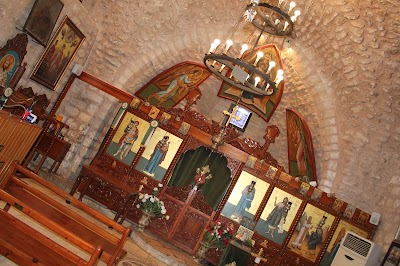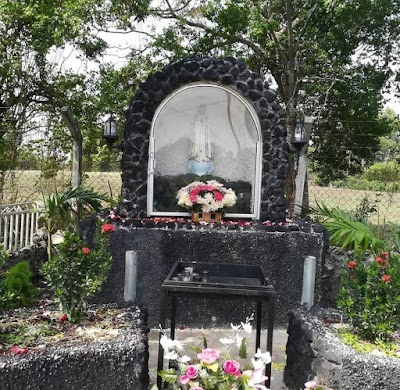Madaba Visitor Center (مركز زوار مادبا)
Overview
The Madaba Visitor Center in Madaba, Jordan, is a vital hub for travelers eager to delve into the city’s rich historical and cultural heritage. Designed to harmonize with Madaba's ancient ambiance, the Center celebrates the city’s fame for its Byzantine and Umayyad mosaics, particularly the iconic Madaba Map—a stunning 6th-century mosaic depiction of the Holy Land.
Constructed with a blend of modern and traditional architectural elements, the Visitor Center integrates seamlessly into Madaba’s historic landscape. Local materials, notably the durable and aesthetically pleasing Madaba stone, were extensively used to ensure the building not only stands strong but also visually connects with the surrounding heritage sites.
The planning and execution of the Madaba Visitor Center were the result of a collaborative effort among local artisans, architects, and international heritage consultants. Their expertise ensured that the design respects the historical significance of the area while providing contemporary amenities for visitors. Sustainable practices were at the forefront of this initiative, with energy-efficient systems and eco-friendly materials reflecting Jordan’s commitment to responsibly preserving its heritage.
Inside, the Center offers an array of features designed to enhance the visitor experience. The main hall showcases several informative exhibits that highlight Madaba's history and the evolution of its renowned mosaic art. Interactive displays and multimedia presentations engage visitors, providing insights into the intricate techniques employed by ancient craftsmen, allowing for a deeper appreciation of the artistry behind these mosaics.
A dedicated section focuses on the Madaba Map, featuring detailed explanations and visual aids that help visitors understand its historical and religious significance. This area includes replicas and magnified views of the map, enabling tourists to examine its exquisite details closely without risking damage to the original.
The Visitor Center also boasts a craft shop where local artisans demonstrate traditional mosaic-making techniques. Visitors can watch live demonstrations, purchase authentic handmade pieces, and even participate in workshops to create their own mosaic art. This initiative not only preserves the traditional craft but also supports the local economy by promoting Madaba’s artisanal heritage.
One of the Center’s standout features is its serene garden, designed with native plants and reflective pools, providing a peaceful retreat for visitors. This tranquil space allows guests to unwind and reflect on the rich history they’ve absorbed. Additionally, the garden serves as a buffer zone, ensuring that the vibrant activity of tourism does not disrupt the serenity of nearby historic sites.
To further enhance the visitor experience, the Center offers essential services such as guided tours, multilingual information brochures, and detailed maps of Madaba, ensuring tourists can navigate the city’s attractions with ease. Staffed by knowledgeable guides, the Center acts as a reliable source of information, assisting visitors in planning their itineraries effectively.
With accessibility in mind, the Madaba Visitor Center is equipped with ramps, elevators, and other facilities to accommodate visitors with disabilities, ensuring that everyone has the opportunity to explore Madaba’s treasures.
The construction of the Madaba Visitor Center was not merely a project to support tourism; it was an initiative aimed at fostering a deeper connection between visitors and the historical narrative of Madaba. By providing educational resources and immersive experiences, the Center plays a crucial role in preserving and promoting the city’s cultural heritage.
In summary, the Madaba Visitor Center stands as a testament to Madaba’s rich history and vibrant culture. Through its thoughtful design and diverse visitor amenities, it enhances the experience for those exploring this ancient city, ensuring that its legacy is shared and appreciated by future generations.









